In September 2020, Apple officially released the iOS 14 system, bringing the picture-in-picture function
iPhone and iPad users no longer have to envy their Android friends, swipe back to the desktop, the video automatically turns into a small window, and chatting and watching videos and live broadcasts at the same time become commonplace.
However, YouTube users did not enjoy this happiness.
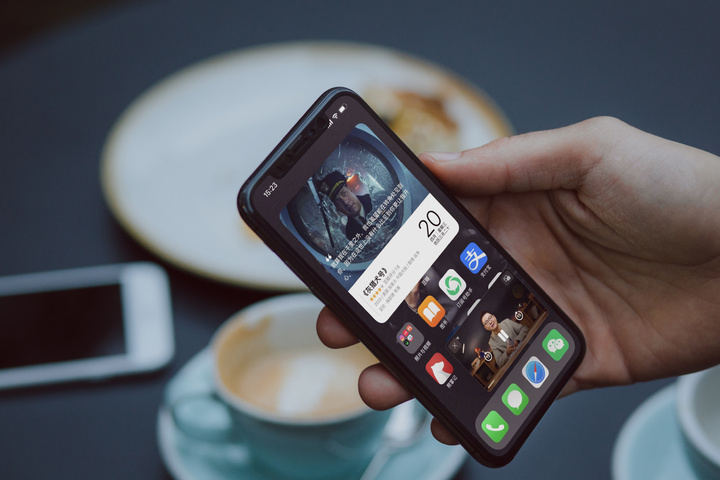
▲iPhone picture-in-picture function
YouTube initially tested the Picture-in-Picture feature on its Premium subscription plan, and people had to pay to use it. Until the recent end of the test, the Picture-in-Picture feature didn’t make it into the official app.
After more than a year of testing, only paid members are available, which shows how much YouTube attaches great importance to the picture-in-picture function. This small function has greatly improved the experience of watching videos on the mobile terminal and is very practical.
While YouTube is tossing the picture-in-picture function, Android mobile phone manufacturers have already come up with a more creative and more complete function-small window mode.
Small window mode, an evolved version of the split screen function
Mentioning the small window mode, chatting and watching videos, watching live broadcasts at the same time, checking takeout locations and editing at the same time, watching online classes and taking notes at the same time, and replying to messages during full-screen games at the same time, such operation scenarios will always be mentioned repeatedly.
In the final analysis, it is the requirement of “multitasking on the same screen”.
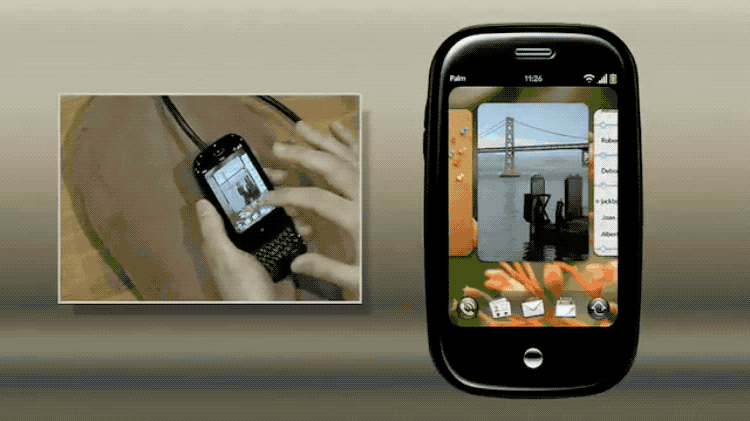
▲ The card-type multitasking function is already a mainstream design
The card-type multitasking interaction function derived from the webOS system of Palm mobile phone satisfies the needs of switching applications, and greatly improves the practicability with a graphical interface, but the successors have not been able to meet people’s needs for multitasking operations on the same screen on mobile phones .
The increase in the screen size of mobile phones has brought new opportunities. Most of today’s Android mobile phones have reached 6.7 inches. Except for a few brands such as Samsung and a few models such as S22, it is difficult to find a small screen mobile phone of about 6 inches.
As the controller of Android, Google once hoped that the split-screen function launched by the Android 7.0 system would meet the needs of people to operate multiple applications on the same screen, but the results backfired, and the split-screen function has not been a good experience so far.
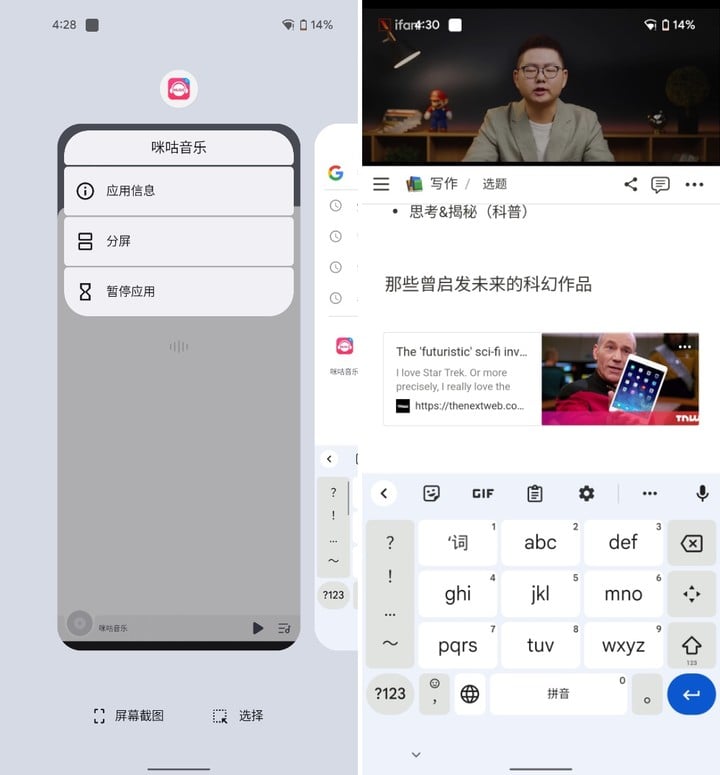
▲The Android split screen entrance is too deep, and the video will conflict with the input keyboard
Taking the Pixel 4a 5G in my hand as an example, the priority of split screen on Android 12 is relatively low, so that I usually do not use it, and even need to rely on the search engine to find the function entry.
The split-screen function of Android 12 In the card-style multitasking interface, click the application icon, and a secondary menu will pop up to provide split-screen options. The operation path is too deep. If there is no search engine prompt, the application icon does not know that it is a button that can be clicked to interact. .
The more important Android split-screen operation does not optimize the content. The split-screen is completely separated from the upper and lower content. It is almost impossible to watch videos and reply to messages at the same time, unless it is like the Sony Xperia 1 III, which uses a special 21:9 ratio. screen ratio mobile phone.
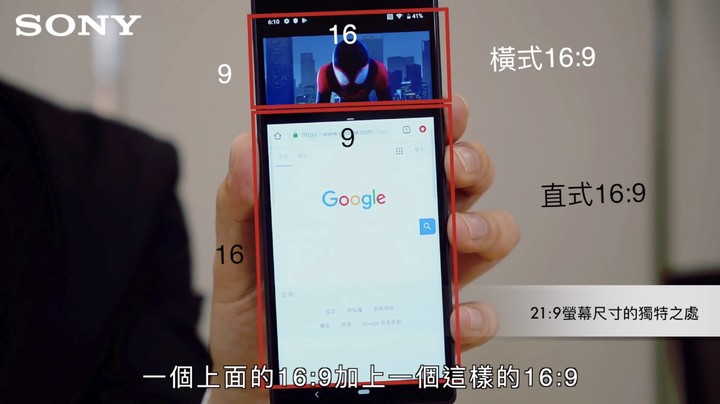
▲ 21:9 ratio mobile phone can be split into two common ratios, it is more convenient to watch video and chat at the same time
However, this screen ratio optimized for video and game experience will make the mobile phone look like a remote control machine, the one-handed operation experience is not good, and it is not popular on the market.
For operating multiple applications on the same screen, in fact, domestic mobile phone manufacturers have proposed a good solution – small window mode, and now mainstream Android manufacturers including Meizu, OPPO, vivo, Xiaomi, Huawei and other mainstream Android manufacturers have added similar functions.
Meizu is one of the early manufacturers to launch this function, and it has optimized the application to ensure that the application can be scaled down after entering the small window mode, the text and content are still clear, and it supports multiple applications at the same time, and it can be used as soon as possible.
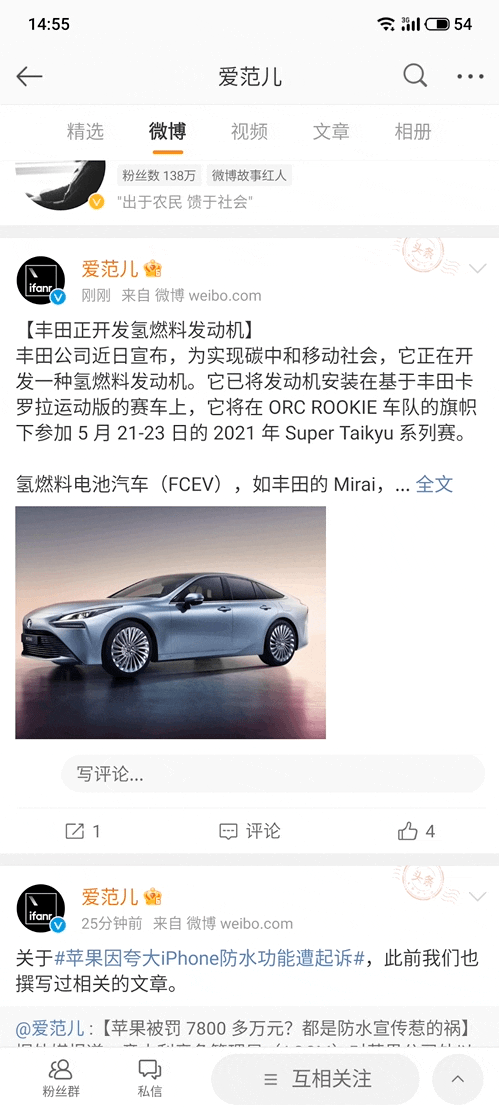
▲Meizu’s small window mode
In this way, the more flexible size and scaling of app content addresses the shortcomings of Android’s split-screen feature.
Although Apple has not launched a system-level split-screen function on the iPhone, it has made targeted optimizations and functions for some usage scenarios, such as the picture-in-picture function launched since the iOS 14 system, precisely to meet the needs of watching videos and chatting at the same time. need.
The information notification and phone functions have also been optimized. Previously, the iPhone will automatically enter the full screen when calling, but now it is an interactive notification window. The same is true for information notifications. Pull down to interact, and third-party applications such as WeChat are also supported.
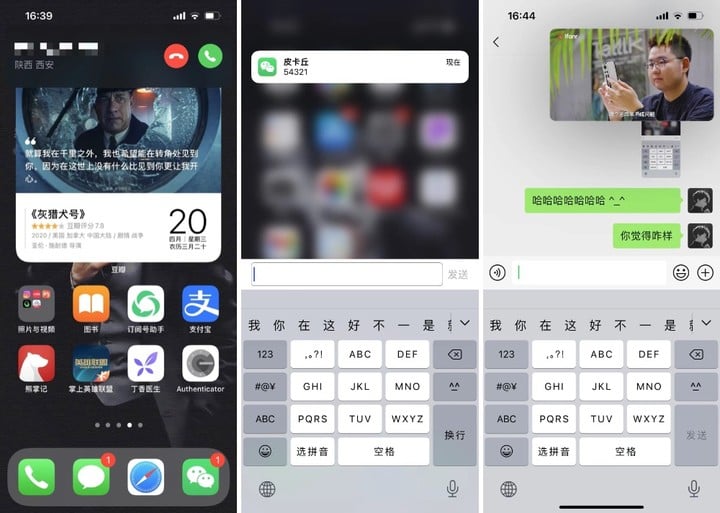
▲ iOS calls, messages, and videos can all be scaled down
The small window mode comes from the concept of PC windows, and at the same time optimizes the shortcomings of the mobile card multitasking experience. Tablets with larger screens actually need it more than content consumption devices phones.
Compared to the iPhone, the iPad actually needs a small window mode
Your next computer doesn’t have to be a computer.
This sentence can be said to be one of the most out-of-the-box Apple copywriting in recent years. It not only expresses Apple’s vision for the future form of the iPad, but also shows its status in many computer-shaped devices. It’s just that different people think about the iPad. know the difference.
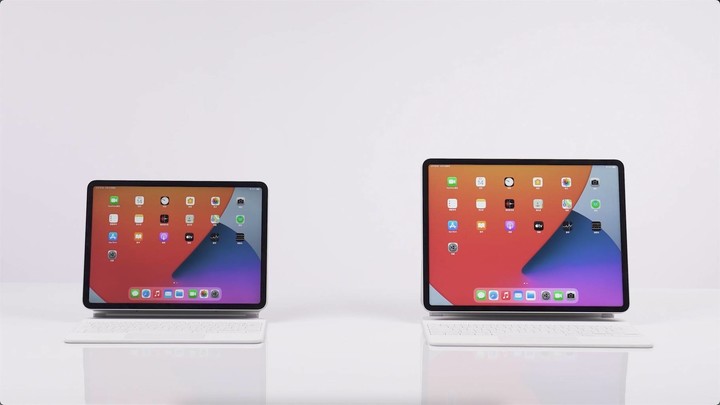
In the eyes of many people, the iPad is a “post-purchase iQiyi” content consumption device, not a productivity device like a PC, even though the iPad Pro is now up to 12.9 inches in size, using the same M1 as the Mac. chip.
At the same time, the iPad is also equipped with a keyboard, a trackpad, and a pen, but its hardware performance is beyond reproach, and it is weak in system software.
Therefore, Apple has been optimizing iPadOS for a long time, introducing keyboard and mouse support, upgrading multi-tasking functions, etc. to make it better, but it is still a lot worse than PC productivity. The lack of large-scale productivity applications and supporting production methods makes it better. It is only suitable for partial work.
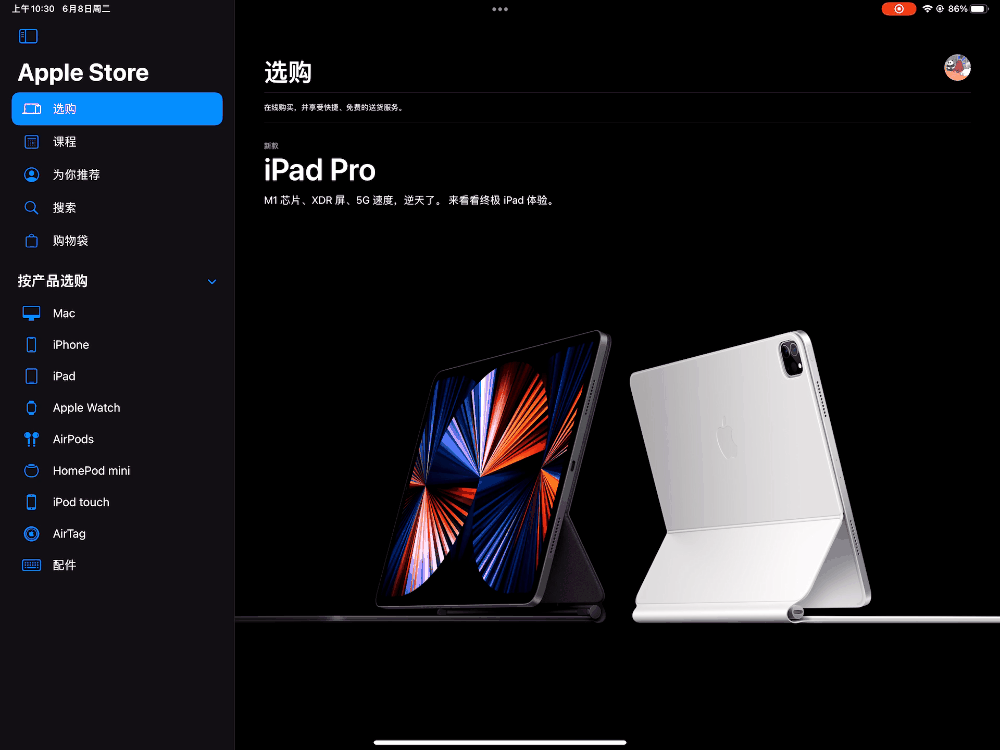
▲ The split screen function of iPadOS 15
The introduction of the small window mode makes the multitasking function of the iPad more practical, and it is a step closer to the real light and medium office work.
Compared with the multitasking function of iPadOS 15, the split screen only supports 2 applications, and the scale adjustment is not flexible enough. The small window mode allows applications to be displayed in a more flexible size ratio, and displays 3 or more applications at the same time. This 12.9-inch mini LED screen is more practical.
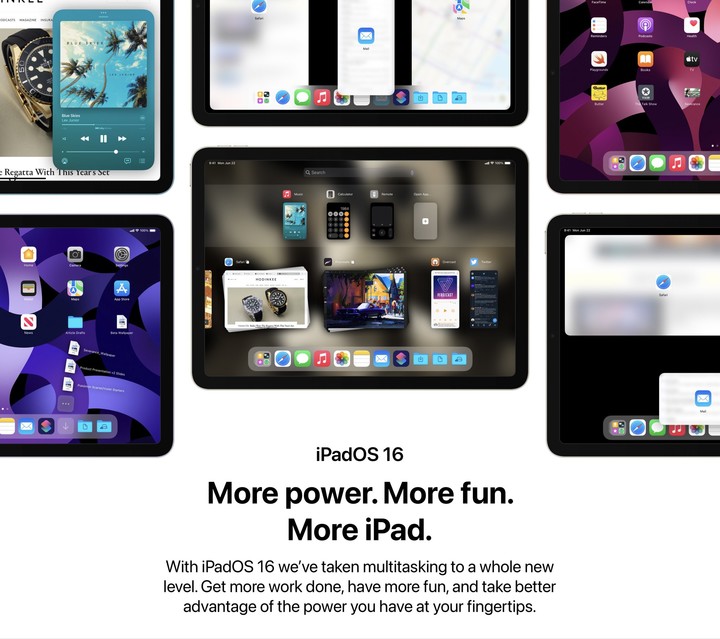
▲ The concept map of iPadOS 16 drawn by designer @Parker Ortolani , which strengthens the multitasking function.
The most intuitive application scenario is the Office three-piece or iwork office suite. Through flexible multi-window processing, the efficiency is much higher.
In our review article on the small window mode of the mobile phone, we once pointed out that the gesture calling out the small window mode of the application is actually unfriendly. The gesture is less “visible” than the button, and it takes a long time to learn how to use it skillfully. Now the most common return Desktop gestures rely on small horizontal bars to guide users.
In this regard, iPadOS 15 actually proposes a good solution. The small window mode also matches the existing interaction mode. The iPad application status bar has a menu button, which was originally used for split-screen functions, such as adding a secondary menu. The function “small window mode” also looks very natural.

▲ The multitasking secondary menu at the top of the iPad
Buttons are more intuitive than gestures, and people can get started faster.
On the other hand, the small window mode can also fit with the current tablet application ecology.
At present, whether it is Android or iPad, there are still shortcomings in the application of large-screen adaptation, but the former is more serious. Earlier, Instagram replied why the iPad version is not launched, because the number of users is not enough, and some domestic applications such as Taobao are not suitable for iPad.
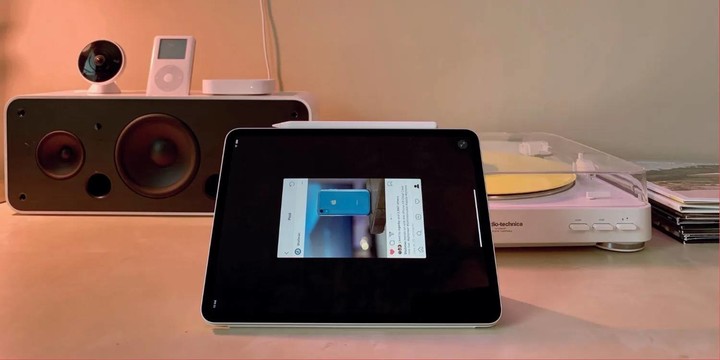
▲The iPad version of Instagram. Image from: 9To5Mac
The Android 12L system has given the corresponding large-screen application adaptation specifications, but it is still unknown when it can be adapted.
In contrast, this part of the application is also good to run in small screen mode. It is displayed in a standard ratio without leaving a black border, and multi-tasking is more convenient.
Last year, John Ternus, Apple’s senior vice president of hardware engineering, said in an interview with Techcrunch that the iPad and Mac will not be integrated, and the iPad is destined not to be replaced by macOS. Only keyboard and mouse.
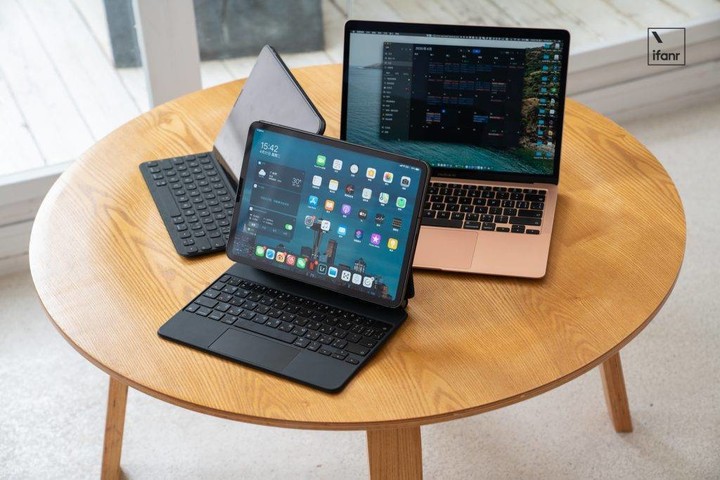
However, the lack of integration of iPad and Mac does not mean that iPadOS cannot introduce some features of macOS. Now the iPhone, iPad, and Mac have many similarities in system design and function.
The introduction of the small window mode can create a larger space for iPadOS, allowing people to actually produce, work, and even create in it.
This article is reproduced from: https://www.ifanr.com/app/1483602
This site is for inclusion only, and the copyright belongs to the original author.